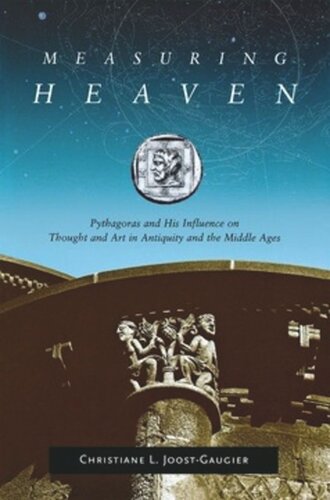

Most ebook files are in PDF format, so you can easily read them using various software such as Foxit Reader or directly on the Google Chrome browser.
Some ebook files are released by publishers in other formats such as .awz, .mobi, .epub, .fb2, etc. You may need to install specific software to read these formats on mobile/PC, such as Calibre.
Please read the tutorial at this link: https://ebookbell.com/faq
We offer FREE conversion to the popular formats you request; however, this may take some time. Therefore, right after payment, please email us, and we will try to provide the service as quickly as possible.
For some exceptional file formats or broken links (if any), please refrain from opening any disputes. Instead, email us first, and we will try to assist within a maximum of 6 hours.
EbookBell Team

4.1
80 reviewsSurviving fragments of information about Pythagoras (born ca. 570 BCE) gave rise to a growing set of legends about this famous sage and his followers, whose reputations throughout Antiquity and the Middle Ages have never before been studied systematically. This book is the first to examine the unified concepts of harmony, proportion, form, and order that were attributed to Pythagoras in the millennium after his death and the important developments to which they led in art, architecture, mathematics, astronomy, music, medicine, morals, religion, law, alchemy, and the occult sciences. In this profusely illustrated book, Christiane L. Joost-Gaugier sets out the panorama of Pythagoras's influence and that of Christian and Jewish thinkers who followed his ideas in the Greek, Roman, early Christian, and medieval worlds. In illuminating this tradition of thought, Joost-Gaugier shows how the influence of Pythagoreanism was far broader than is usually realized, and that it affected the development of ancient and medieval art and architecture from Greek and Roman temples to Gothic cathedrals.Joost-Gaugier demonstrates that Pythagoreanism—centered on the dim memory of a single person that endured for centuries and grew ever-greater—inspired a new language for artists and architects, enabling them to be "modern."